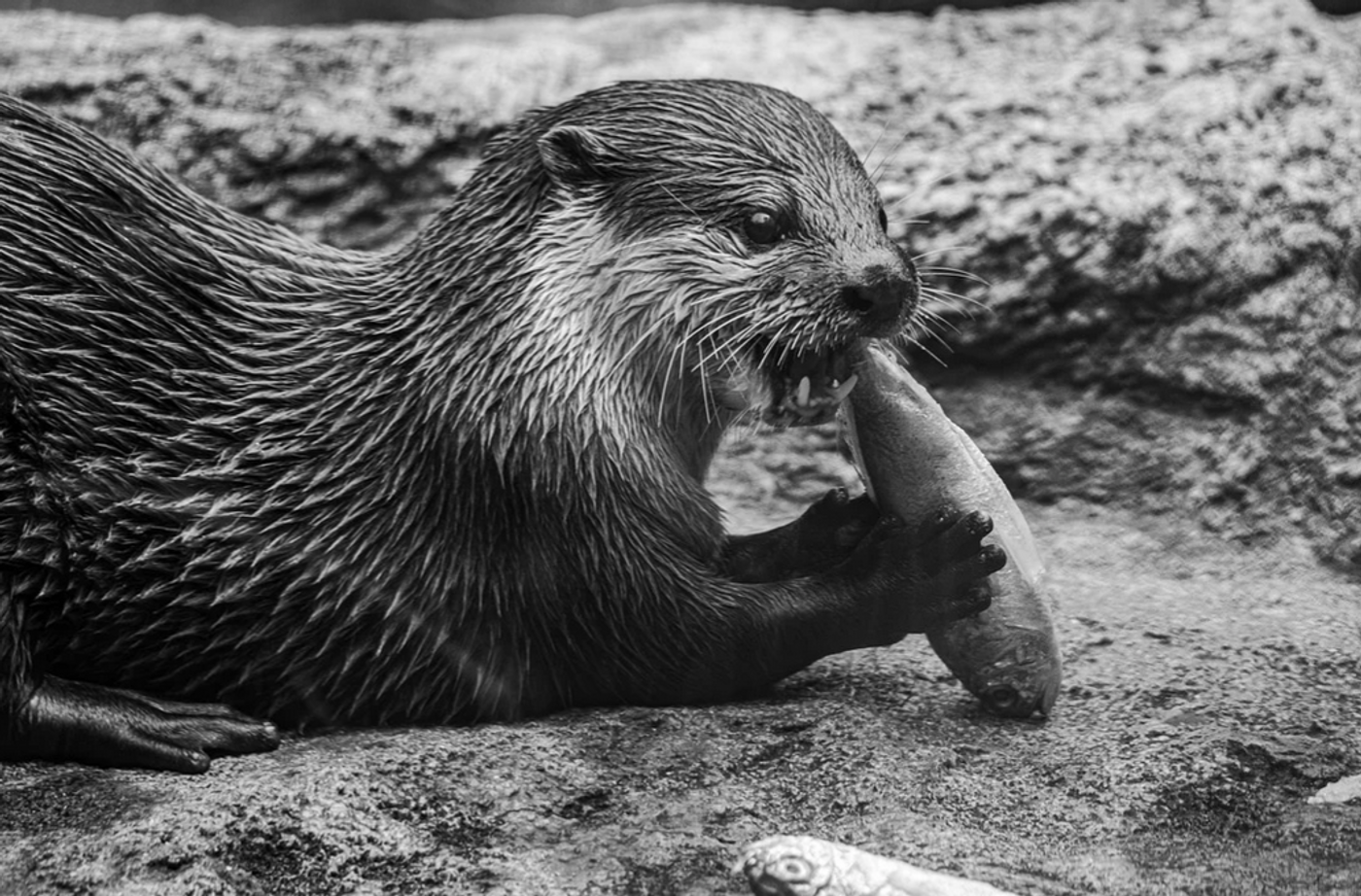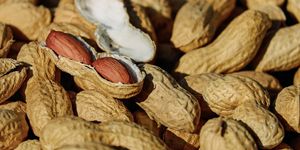Sea Otters get Creative to Survive in a Changing World
There are a few animals that we know use tools, and sea otters are one example. A new study has now shown that individual sea otters can consume large prey and lessen tooth damage by using tools after their preferred prey is not available. Most of these tool-using otters are female, and their tools are usually rocks, shells, or pieces of trash that can be used to break their prey open. The work, which was done by monitoring 196 radio-tagged sea otters in the wild with volunteer and research teams, was reported in Science. The investigators were aiming to learn more about how sea otters are responding to a changing environment with tool use.
While scientists have known that sea otters can use tools to obtain food, this work is the first to show that tool use also reduced tooth damage in tool-wielding otters.
"Sea otters vary in how often they use tools," said first study author Chris Law, PhD. "The females are likely using tools to overcome their smaller body size and weaker biting ability in order to meet their calorie demands. Raising pups takes a lot of energy, and the females need to be efficient in their foraging. The study shows that tool use is an important behavior for survival."
The coast of central California is the natural range of Southern sea otters, and food sources that the otters enjoy, like abalone and sea urchins, are not tough to open - when they are available. But in some years, these food sources are reduced, and the otters turn to other sustenance like clams, crabs, mussels, and little marine snails. The hard shells on these creatures can harm teeth when otters are prying them open by mouth.
Teeth are important, and when they get worn out, sea otters can't get dentures. Without good teeth, an otter might starve. Tools help reduce this harmful tooth damage, and allow the otters to utilize more food sources. Female otters were also found to have less tooth damage compared to male otters.
The study also determined that female otters could eat prey that is up to 35 percent harder compared to male otters that are also using tools.
Females of other species, including bonobos, chimps, and dolphins, are also known to use tools. And they also raise offspring, so they can pass down that tool-using behavior to their offspring.
There are only about 3,000 southern sea otters left in coastal California, and they are considered a threatened species. The otters are crucial to the marine ecosystems they live in because they prey on sea urchins that consume kelp forests.
Sources: University of Texas at Austin, Science









